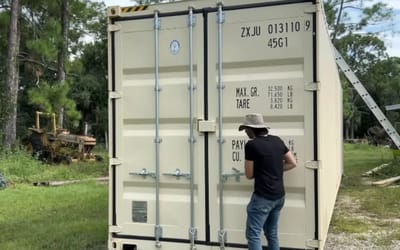Supersonic vs. hypersonic flight – do you really understand the difference?
- There is four categories: subsonic, transonic, supersonic, and hypersonic
- The categories are based on how fast a plane travels
- Supersonic planes can hit up to Mach 5 – hypersonic are even faster
Published on Aug 23, 2024 at 11:27 AM (UTC+4)
by Claire Reid
Last updated on Aug 23, 2024 at 3:16 PM (UTC+4)
Edited by
Tom Wood
Flight speeds are divided into four categories: subsonic, transonic, supersonic, and hypersonic.
Known as the ‘regimes of flight’, you’ve probably heard of all four categories, but you may be less familiar with what it all means.
We usually measure the speed of an aircraft in Mach – with Mach 1 being the speed of sound, around 1,236km/h or 768 miles per hour, according to NASA.
DISCOVER SBX CARS: The global premium car auction platform powered by Supercar Blondie
Subsonic aircraft
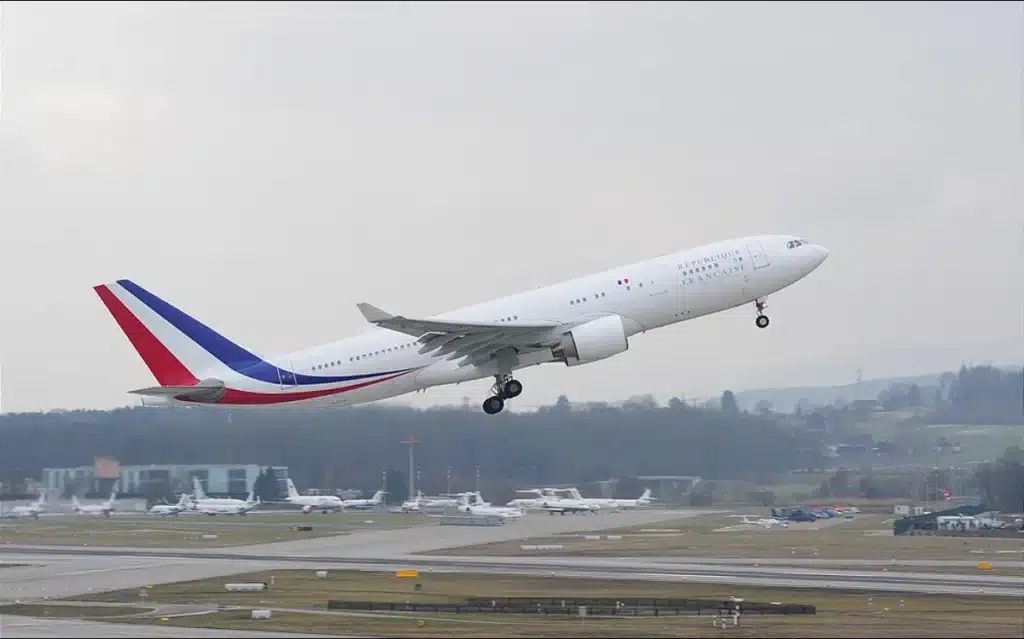
Subsonic flight is the most common and is the type most people have experienced.
These planes travel slower than the speed of sound—less than around Mach 0.8. They include commercial aircraft such as the Airbus A330s, Boeing 787s, and the Embraer E-Jet family, as well as private jets like the Cessna 172.
Most older military planes also fall into this category, as do things like paragliders.
Transonic aircraft
Transonic flight sits within a range of between Mach 0.8 to 1.2 – meaning that parts of the flight exceed the speed of sound, while in other parts it will slow down.
Planes such as the Gulfstream G650 and the Cessna Citation X fly within the transonic range.
There have been occasions when, usually thanks to windy conditions, some commercial aircraft have exceeded the sound.
In 2023, an American Airlines Boeing 777 flying from New York’s JFK airport to London Heathrow hit a top speed Mach 1.01 – 1,252km/h (778mph) during the journey.
Supersonic aircraft
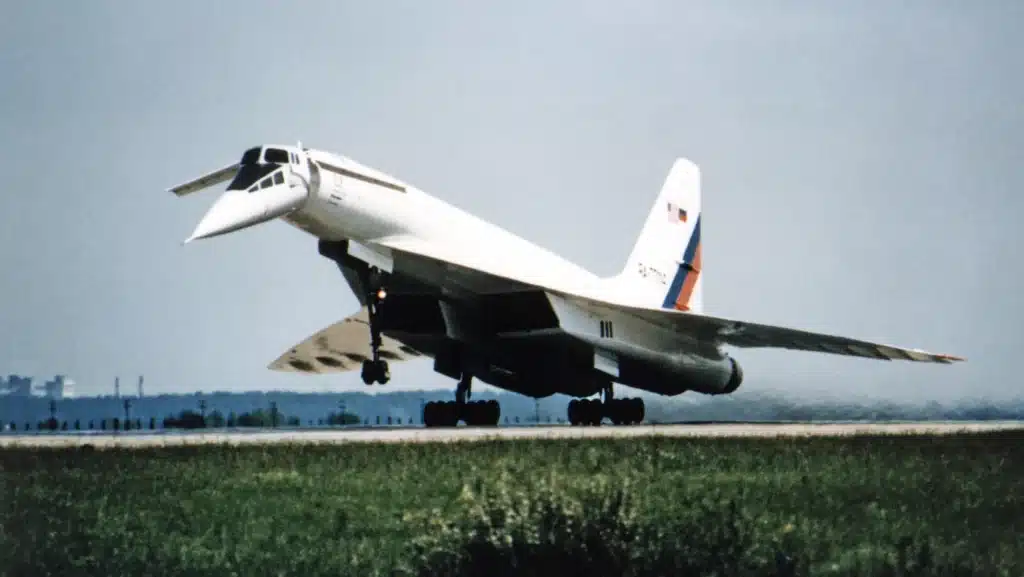
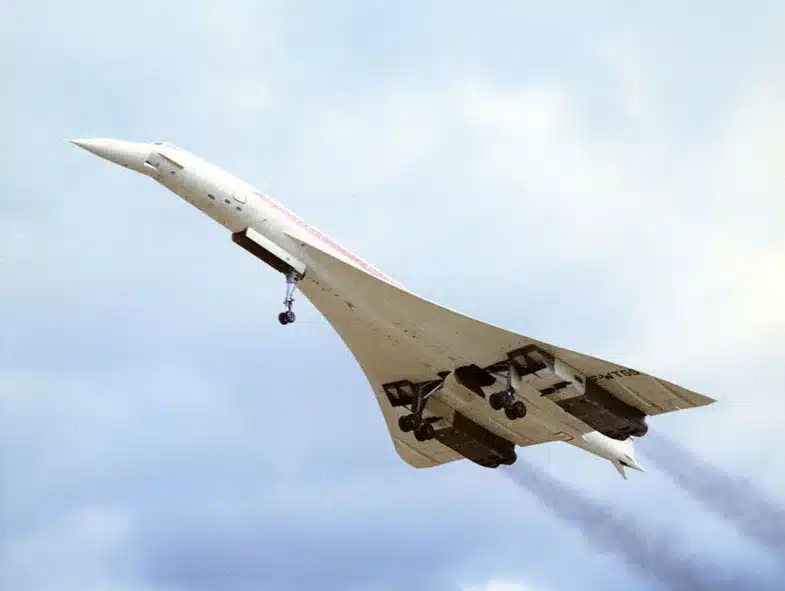
We’re starting to really speed things up as we head into supersonic flight.
These aircraft exceed the speed of sound and typically travel between Mach 1.2 and Mach 5. They’ll also create the famous ‘sonic boom’ as they reach the speed of sound.
Lots of military aircraft fit into this category, including the F-4 Phantom II, as do some rockets.
But perhaps the most famous supersonic aircraft of all time is the now-defunct Concorde, which traveled at around Mach 2.04 and could fly from London and New York in around three hours.
Concorde took its final flight in 2003 and since then there have been no commercial supersonic planes.
There are still plenty of companies working within the supersonic range, including Denver-based Boom Supersonic, which is currently developing a plane that will fly at Mach 1.7—around one-sixth slower than Concorde.
Hypersonic aircraft
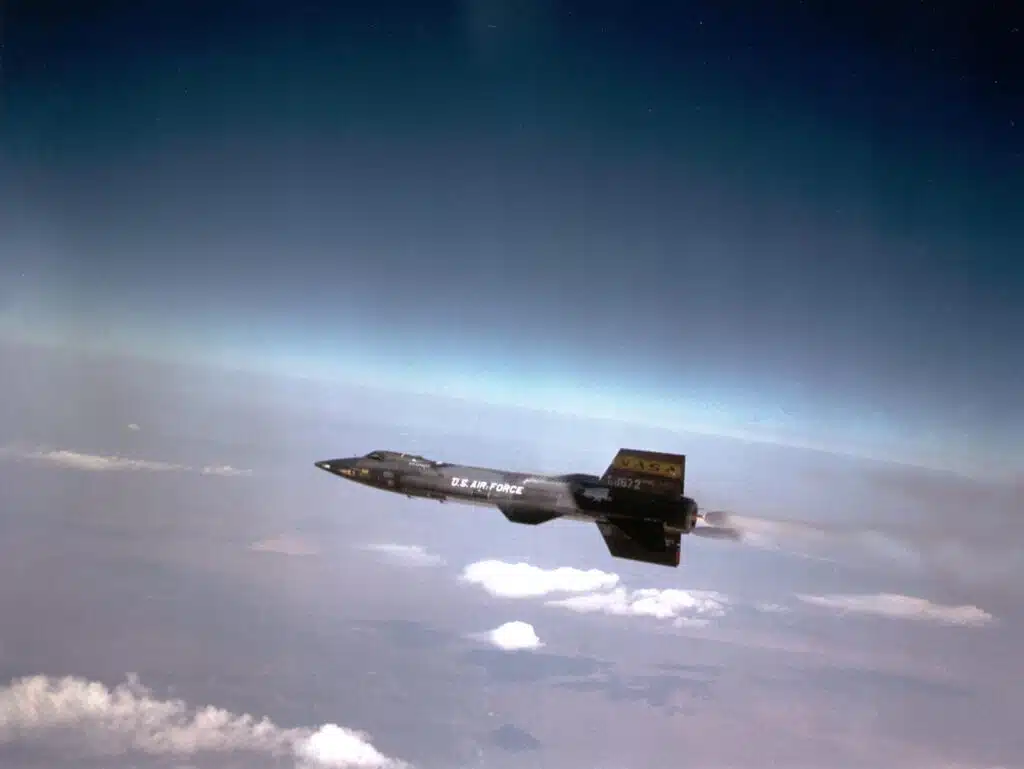
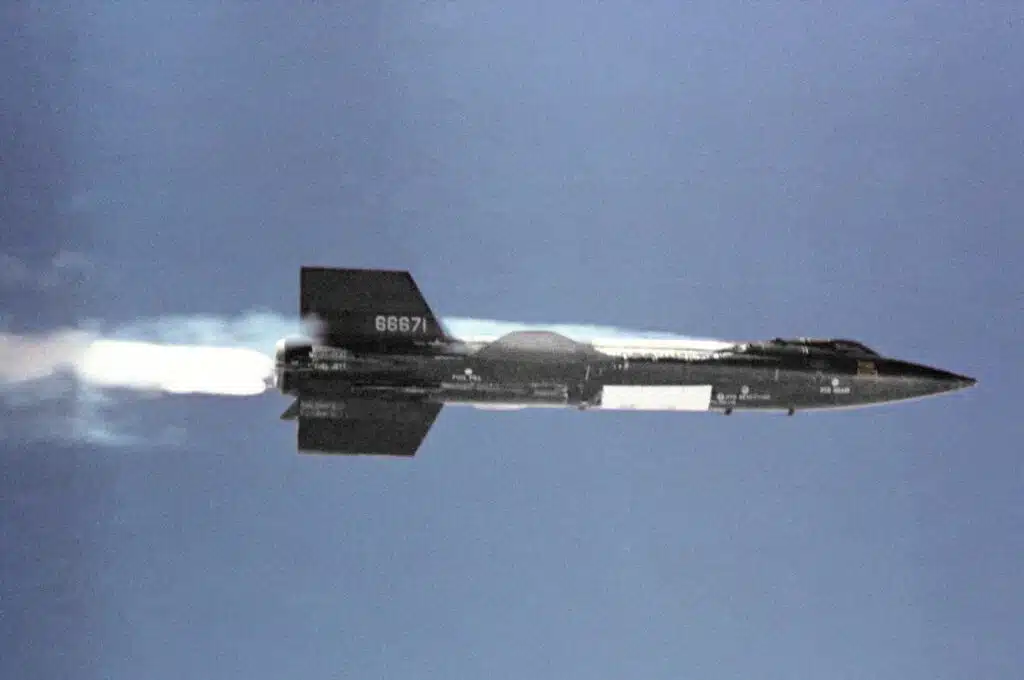
The fastest of the lot.
Hypersonic aircraft are those which exceed Mach 5 – or five times the speed of sound.
The reason supersonic and hypersonic are two distinct categories is because of changes in temperature, Boom explains.
At Mach 5 speeds, metals can go soft or melt, so hypersonic aircraft need to be created with special heat-resistant protection.
As you can imagine, there aren’t too many aircraft hitting these sorts of speeds.
But in the 1960s NASA joined forces with the US Air Force to create the North American X-15 – a hypersonic that hit a top speed of Mach 6.7 – more than six times the speed of sound, or 7,274kph (4,520 miles per hour), if you’d prefer.
The plane, which has since been retired, holds the world record for the fastest speed ever recorded by a crewed, powered aircraft.
Imagine how quickly that could get you to your holiday destination.
Claire Reid is a journalist who hails from the UK but is now living in New Zealand. She began her career after graduating with a degree in Journalism from Liverpool John Moore’s University and has more than a decade of experience, writing for both local newspapers and national news sites. Claire covers a wide variety of topics, with a special focus on cars, technology, planes, cryptocurrency, and luxury.


